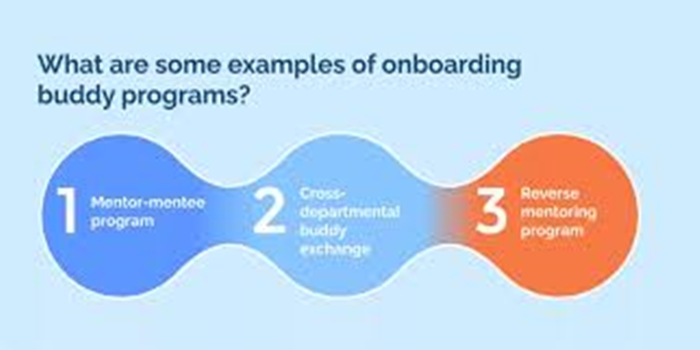In this article, we explained the meaning of reverse onboarding, the features, the examples, and we also talked about the benefits.
Definition
Reverse onboarding refers to a process where a new hire or employee shares their unique experiences, insights, and perspectives to help the organization improve processes, workflows, and overall practices. It’s a way to leverage their fresh perspective and potentially challenge the status within the company.
Sharing knowledge:
New hires are encouraged to share insights from their previous experiences, highlighting areas where their skills and knowledge can benefit the organization.
Identifying improvements:
Reverse onboarding can help uncover areas where processes can be streamlined, tools can be leveraged more effectively, or new approaches can be implemented.
Promoting a culture of learning:
It fosters a culture where new ideas are welcomed and valued, and where employees are encouraged to contribute to the ongoing improvement of the organization.
Features of Reverse Onboarding:
Actively Seeking Feedback:
Reverse onboarding emphasizes soliciting feedback from the new hire regarding their initial impressions and observations of the company’s processes, culture, and systems.
Sharing Insights from Past Experiences:
New hires are encouraged to share insights from their previous work experiences, including valuable tools, workflows, or strategies that could benefit the organization.
Identifying Areas for Improvement:
The goal is to identify areas where the organization can enhance its processes, procedures, or culture based on the new hire’s observations and suggestions.
Promoting a Culture of Continuous Improvement:
Reverse onboarding fosters a culture where new hires are valued for their contributions and where feedback is used to drive positive change.
Integrating Fresh Perspectives:
It helps integrate diverse perspectives and fresh ideas into the organization, making it more adaptable and innovative.
Demonstrating Value and Inclusion:
By actively soliciting feedback from new hires, the organization demonstrates its commitment to their contributions and creates a sense of belonging.
Examples of Reverse Onboarding:
- Post-Onboarding Feedback Sessions:
After a few weeks or months, schedule sessions with new hires to ask them what they’ve noticed, what they’ve learned, and what they would do differently.
- Seeking Fresh Perspectives:
Invite new hires to share their past experiences, highlighting valuable tools, workflows, or insights that could benefit the team.
- Reverse Mentoring:
Encourage junior employees to mentor senior employees, providing guidance on new technologies, communication styles, or areas where they have expertise.
- Reverse Recruiting:
Use a new hire’s network and experiences to help attract and recruit other talented individuals.
- Reverse Onboarding for Customer Goals:
New hires can help set customer goals by sharing insights from their industry experience and understanding of customer needs.
The Benefits Reverse Onboarding:
- Integration and Belonging:
Reverse onboarding helps new hires feel valued and integrated from the start by giving them a chance to contribute their insights and expertise, according to Medium.
It creates a more welcoming environment, encouraging new hires to share their perspectives and feel like they are part of the team.
- Knowledge Exchange and Skill Development:
Reverse mentoring facilitates a two-way knowledge exchange between new hires and experienced employees, according to Namely.
It allows new hires to share their knowledge of new technologies, processes, and tools, while also providing opportunities for experienced employees to upskill and stay current.
This can help organizations adopt new technologies and improve their overall efficiency.
- Diversity and Inclusion:
Reverse mentoring can help break down silos and foster connections between different departments and levels within the organization, says Namely.
It can help promote diversity and inclusion by encouraging employees to connect with colleagues from different backgrounds and skill sets.
- Empowerment and Communication:
Reverse mentoring empowers new hires by giving them a platform to share their expertise and ideas.
It also helps new hires learn how to communicate effectively with senior leadership, which can be valuable for their career development.
- Enhanced Onboarding Experience:
Reverse onboarding can make the onboarding process more engaging and rewarding for new hires, says Medium.
It can lead to faster integration, increased employee engagement, and potentially higher retention rates.
Conclusion
Reverse onboarding is a valuable approach that can benefit both new hires and experienced employees by fostering knowledge sharing, promoting diversity, and empowering new hires to contribute from day one.


